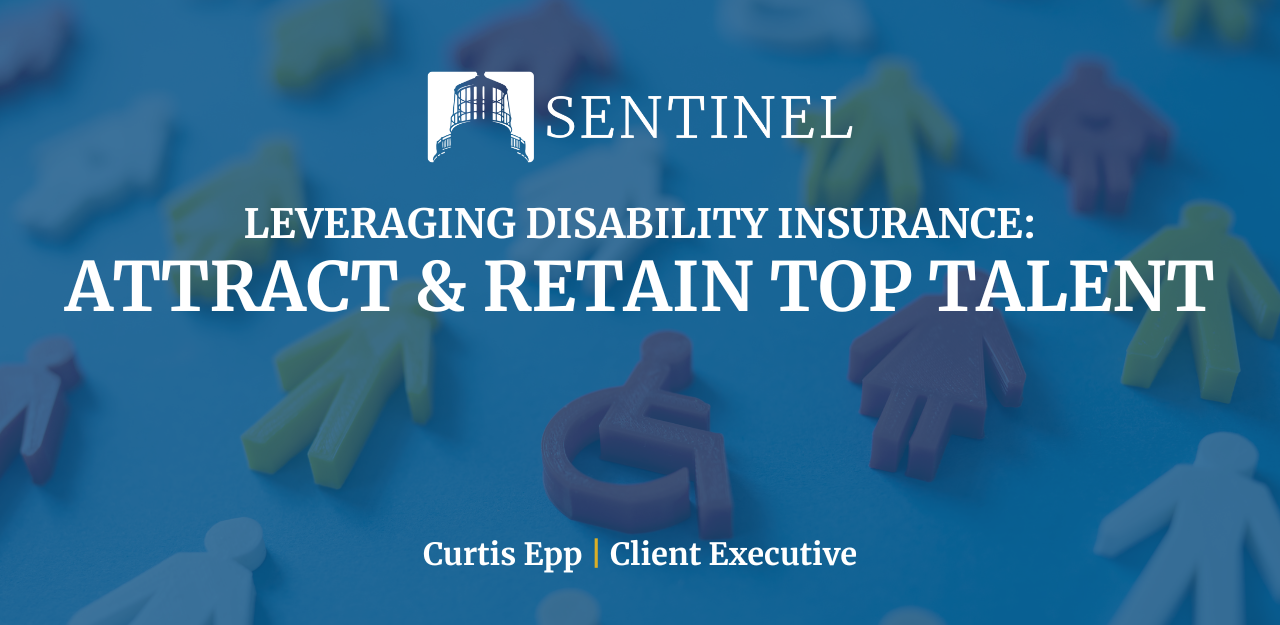The Importance of Disability Insurance
Disability Insurance Programs have become an important part of a competitive employee benefits package to help companies attract and retain their top talent. In recognition of Disability Insurance Awareness Month, we spotlight the essential need for income protection.
An employee’s most valuable asset is their ability to earn an income. Disability insurance is designed to complement health insurance, providing financial peace of mind in the event that they are sidelined by a serious illness or injury. As the U.S. economy continues to grapple with high interest rates and inflation, household incomes are being stretched to razor-thin margins.
A 2023 survey conducted by PayrollOrg highlighted that 78% of Americans live paycheck to paycheck, a 6% increase from the previous year. In other words, over three-quarters of Americans struggle to save or invest after paying for their monthly expenses. Furthermore, this is not just affecting low-wage families. According to 2023 research from LendingClub, 4 in 10 high-income Americans, defined as those earning more than $100,000, are living paycheck to paycheck. Simply put, most Americans can’t afford to miss even a single paycheck as a prolonged absence from work due to an illness can lead to financial ruin.
The Cost of Employee Turnover
The Society for Human Resource Management (SHRM) reported that on average it costs a company 6 to 9 months of an employee’s salary to replace them. For an employee earning $60,000 per year, the total cost for recruiting and training amounts to $30,000 – $45,000. Employee turnover can also generate indirect costs that can undermine productivity, decrease efficiency, and disrupt team dynamics. Turnover rates impose significant intangible costs that affect workplace culture and morale, customer satisfaction, and brand image.

Employer-Sponsored Disability Insurance
The Pew Research Center recently surveyed to identify the leading causes of employee turnover. The top reason is, to no surprise, inadequate compensation, and benefits. Employers can expand their voluntary benefit offerings to help address the financial hardships employees face as well as help reduce employee turnover. Among the various voluntary and employer paid programs, disability insurance stands out as a differentiator and can make a significant impact.
Disability insurance provides a guaranteed income or job protection for employees unable to work due to a serious injury or illness. Common causes of disability include depression, anxiety, chronic illness, and pregnancy. By providing disability insurance, employers offer a safety net to employees, enabling them to meet financial obligations and support their families during periods of work incapacity.
Many employers offer disability insurance as part of their employee benefits package. These policies can be short-term or long-term and may be fully paid for by the employer or require the employee to contribute to the premium. Employer-sponsored disability insurance often provides a basic level of coverage, but employees can typically choose to purchase additional coverage to enhance their benefits.
Safeguarding Your Success
When considering an effective employee benefits strategy, it is crucial to gain a full understanding of the trends and costs that impact your business success. Our Sentinel Benefits Consulting team is built to help you make informed, data-driven decisions to best meet your organizational objectives. Contact us today to learn more about building a comprehensive employee benefits package.


